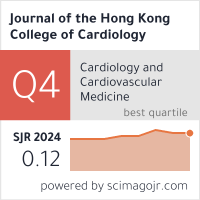Abstract
Background
Primary prevention of stroke using oral anticoagulants (OACs) is indicated for clinical atrial fibrillation (AF) documented on standard electrocardiogram (ECG) in those patients with a high risk of stroke. The recent availability of both external ECG monitors (either using consumer electronic or medical devices) and implantable devices have enabled earlier AF episodes to be detected before clinical AF become manifest. These episodes, often termed subclinical AF (SCAF), represent an area of controversy for the application of OAC.
Objective
The present review summarises the management of SCAF, based on recent guidelines and publications in the following areas:
- In the presence of an established thromboembolic (TE) event such as a stroke, diagnostic screening by either external or implantable devices are indicated. After SCAF detection, OACs will be required in the absence of contraindication for secondary prevention.
- In subjects at high risk for stroke, the evidence of AF screening to reduce TE events is inconclusive in several studies. This is in part due to lack of a clear follow up management pathway for managing screened detected AF patients for evaluation and treatment, such that not all high-risk subjects received OACs.
- The role of OACs in incidentally detected SCAF by implanted devices that utilise an atrial lead was addressed by 2 recent randomised studies, with controversial results.
Conclusion
SCAF provides an opportunity for AF detection before it becomes clinically manifest. The treatment paradigm is beginning to be defined by current trials.
Recommended Citation
Chu-Pak Lau, Hung-Fat Tse, Oral Anticoagulation in the Era of Continuous Rhythm Monitoring Journal of the Hong Kong College of Cardiology 2025;32(1) https://doi.org/10.55503/2790-6744.1550
Creative Commons License

This work is licensed under a Creative Commons Attribution-Noncommercial-No Derivative Works 4.0 License.



